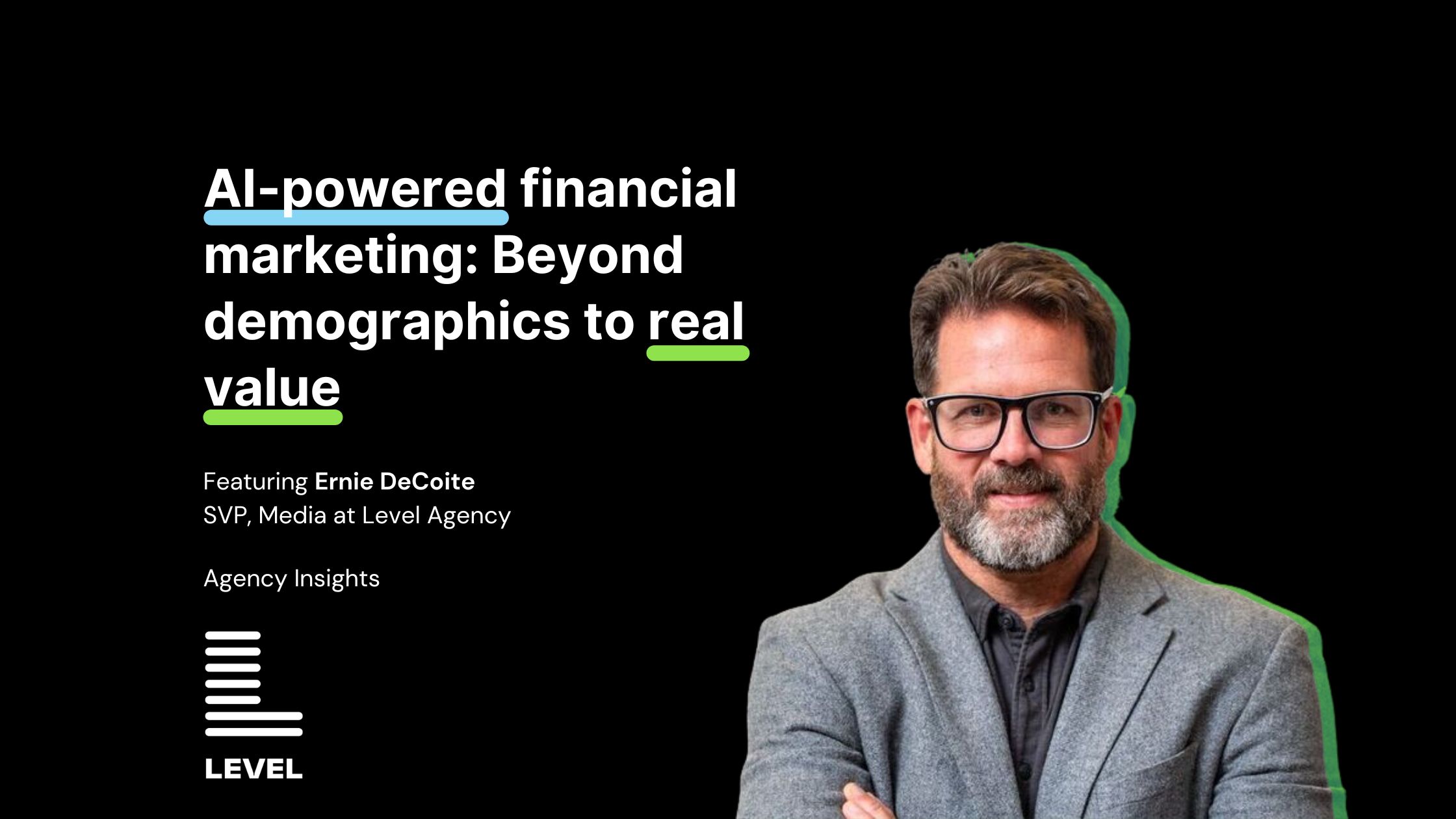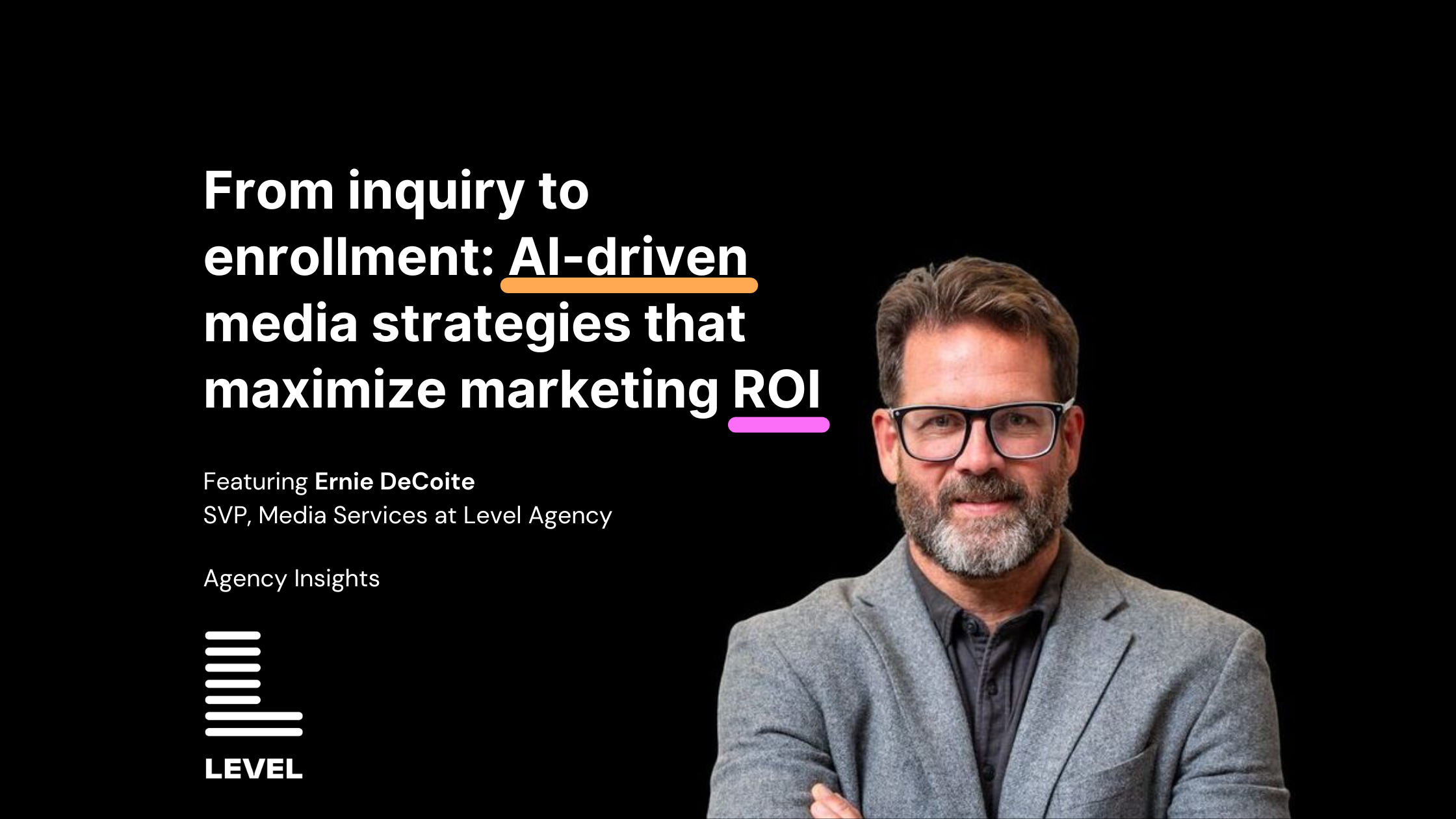“Listening is more important than talking.” In our latest episode of Test. Learn. Grow., we are joined with Robert Solomon, author of The Art of Client Service, to unpack the importance of this skill and other guiding principles needed for achieving success in the world of client service.
Rather listen than read? In this podcast episode, Myles and Allyn talk to Robert Solomon about the art (and science) of client service and the under-recognized, underappreciated skills needed to excel.
Listening is More Important than Talking
Often when people are speaking to clients, they are more focused on formulating their own answers than truly listening. In doing so, they tend to miss the crucial but subtle cues from clients, which are present in both verbal and nonverbal ways. By noticing the subtext, and not just the text of what someone is saying, you can gain key insights into what a client may be feeling and thinking.
Those who learn and become adept at the skill of active listening will have the advantage of clearly understanding what a client wants and, most importantly, achieving the right outcome for their client with far fewer hurdles along the way.
The Art and Science of Client Service
The element of science in client service, or what may be better described as the tradecraft of client service—how to brief a colleague, how to write a conference report, how to formulate a schedule or budget, for example—serves an important purpose in ensuring steps are completed in a project and helps eliminate inefficiencies along the way. Yet the reality is, in a human-to-human-based relationship, the science in client service can only take you so far.
It is critical to remember that in our roles as marketers, we will often be the bearer of unwelcome news to clients, or in some cases to a colleague. Things will inevitably go awry despite science, or best-laid plans—often, there will be no one right solution.
Client service is a business about judgment. It is the art (and the challenge) of how you react to a problem that arises, and how you then present your best judgment solution to the client that counts. Being nimble on your feet and maintaining a sense of calm and control when it feels like there is a multitude of different fires burning at once is the key to success in client servicing.
Dynamic resilience—are you a firefighter or a farmer?
The art of client service is not an easy one, so perspective and context are key. Taking the visual of the farmer or the firefighter, there is a choice that can be made when something goes wrong. We can either throw water on a problem repeatedly and leave it at that—like a firefighter—or we can take valuable lessons from the ashes and grow something from it—like a farmer.
Dynamic resilience is seeing a problem not as the end of the world but rather as a teaching moment, which can help guide your actions in the present and determine how you can avoid similar mistakes in the future. Checking in with yourself and your team and then realigning certain priorities will help ensure that you can keep fighting the proverbial fires (both internal and external) that will inevitably crop up.
The Long Game in Client Service – Trust, Advocacy, and Empathy
Client service marketers are relationship-focused people. The connections we build with our clients are critical to everyone’s success. But that connection is not something that can be rushed. It is built over time with every interaction and in the ways that we display trust, empathy, and advocacy. It means understanding their goals and problems as keenly as we understand our own.
Unlike sales, client service is not a transactional business. We do not finish off one deal and move on to the next—we are in it for the long game. Our ability to work together in partnership, especially when something goes wrong, is based on our client’s trust in us. The reality is, as a marketing or advertising agency, our services are not unique. There are many competing firms that offer the same hard skills. What sets us apart is the relationships we build and our ability to align our client’s goals with our own.
Robert notes that, unlike some other roles, client service is primarily an art and not a science, therefore people who display strong skills in listening and communication, empathy, and honesty, have a commitment to clients, and a hardworking ethos will overwhelmingly prove to be a greater asset for the marketing or advertising team, versus someone who only brings business acumen.
Looking for more strategies on how to improve your client service skills? Check out Robert’s book, The Art of Client Service.
What did we miss? Give us your thoughts in a comment!









